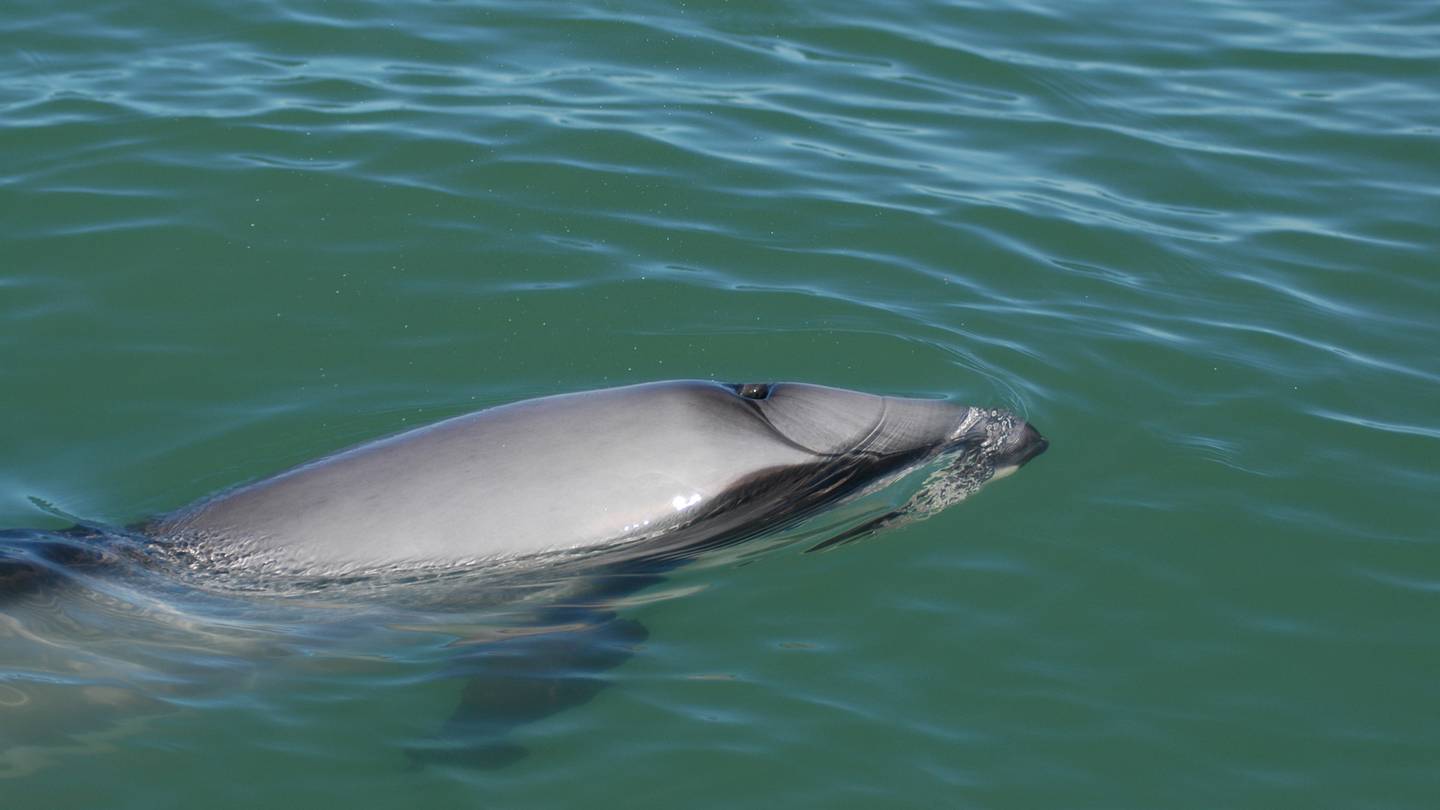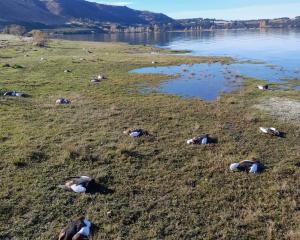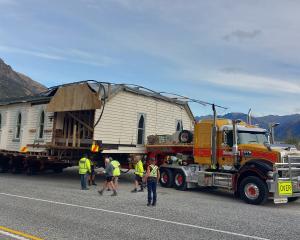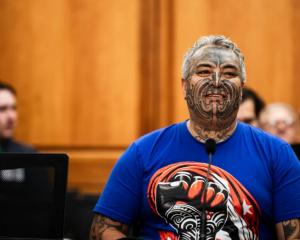Prime Minister Jacinda Ardern is set to launch a conservation initiative today to protect the world's most endangered dolphin species using drones.
The Māui Drone Project will use unmanned aerial vehicles to find and follow Māui dolphins, using artificial intelligence to help fill critical science gaps about the mammal's distribution and how they use their habitat.
The Prime Minister is set to address the media at 2pm.
It is a collaborative initiative between the WWF, the Government, fishery companies, scientists and technology experts.
There are only about 63 Māui dolphins remaining in our seas, putting the world's most endangered dolphin on the brink of extinction.

"We are committed to protecting this treasure," Parker said.
Parker said the drone could provide unparalleled access to information about Māui dolphins, at a fraction of the cost of other data collection methods.
"This technology has the potential to compile detailed data on the habitats, population size and distribution and behaviour of the dolphins, along with many other types of marine species such as other dolphins, seabirds, and whales.
"By advancing our understanding of how Māui dolphins behave during the day and throughout the year this project will help us ensure the measures our Government has already put in place to protect our Māui dolphins are robust and appropriate."
Marine mammal expert and MĀUI63 co-founder Dr Rochelle Constantine said the project was an essential tool in bringing this species back from the brink of extinction.
"The drone technology produced in this project will help to fill critical science gaps about Māui dolphin distribution and how they use their habitat."
"We currently don't have a robust understanding about Māui dolphin distribution particularly during winter months and at different times of the day and night. Of critical importance for conservation, we don't know how often dolphins use some areas that fishers are operating in, which is where there could be remaining risk of entanglement."
Building this science could mean the difference between extinction and survival.
"With only around 63 Māui dolphins left, lack of data about where Māui dolphins swim and how they use their habitat is simply no longer acceptable," WWF-New Zealand chief executive Livia Esterhazy said.
"If we don't remove all the threats they face and protect the right places, and Māui dolphins become entangled in fishing gear, or are harmed by seismic surveying, we could lose them forever. Their population is that critical."
She said we were running out of time for regular conservation approaches, so it was necessary to pave a new path.
MĀUI63 co-founder Tane van der Boon said the data from the project would be publicly available.
"One of the unique aspects of this project is that the data will be made publicly accessible as a rich source of learning for curious scientific minds, innovators, conservationists, industry and policy makers.
"For the first time, this technology has the potential to provide detailed information about Māui dolphin habitat-use, population, and even reproduction - by enabling identification of mother and calf pairs. As we are storing the camera footage in the cloud, it will be available to train artificial intelligence to identify many other types of marine species such as other dolphins, seabirds, sharks and whales. The science potential seems limitless to us."
Fishing companies Moana New Zealand and Sanford would explore how to translate the drone technology into action on fishing boats, to reduce the risk of Māui and Hector's dolphins coming into contact with fishing nets.












